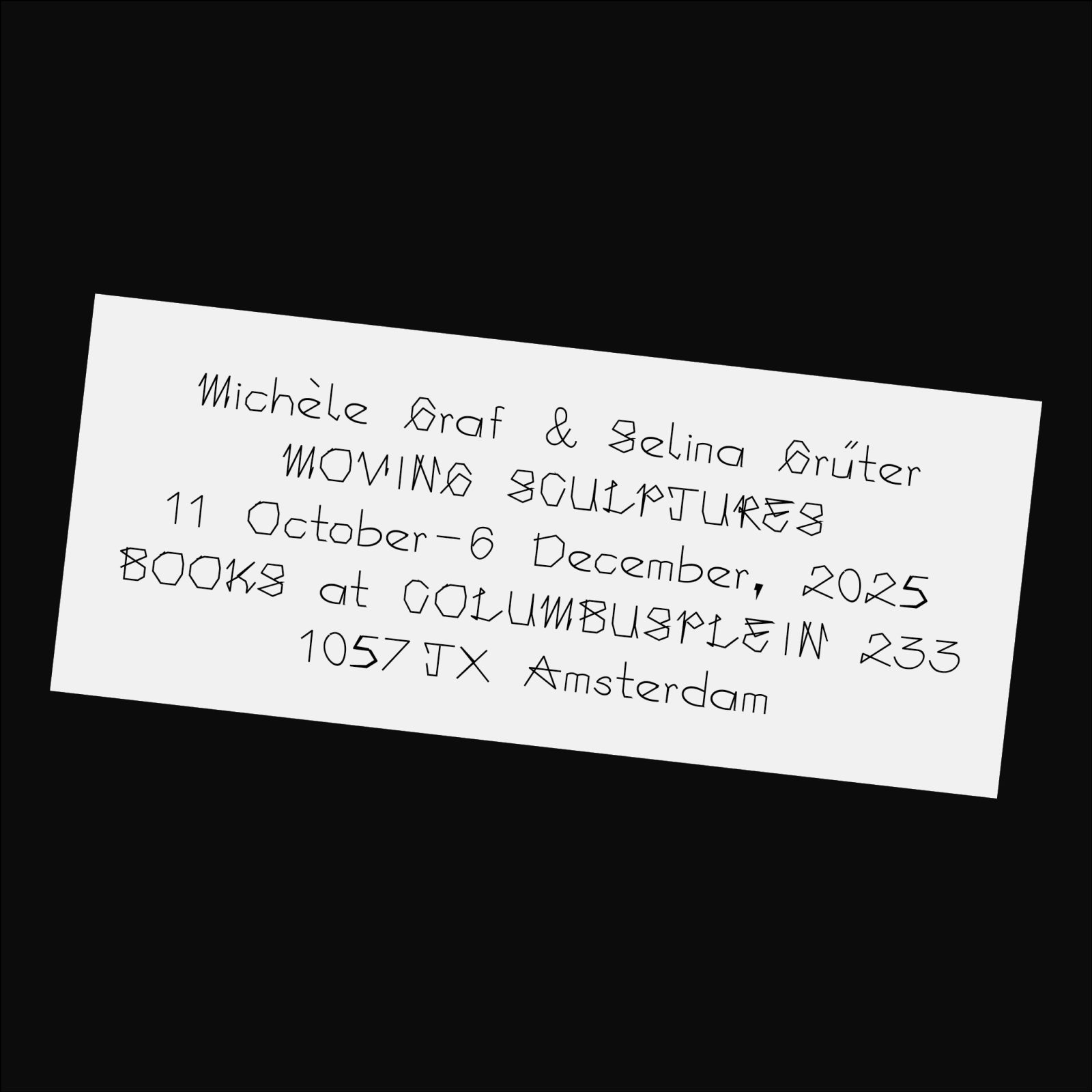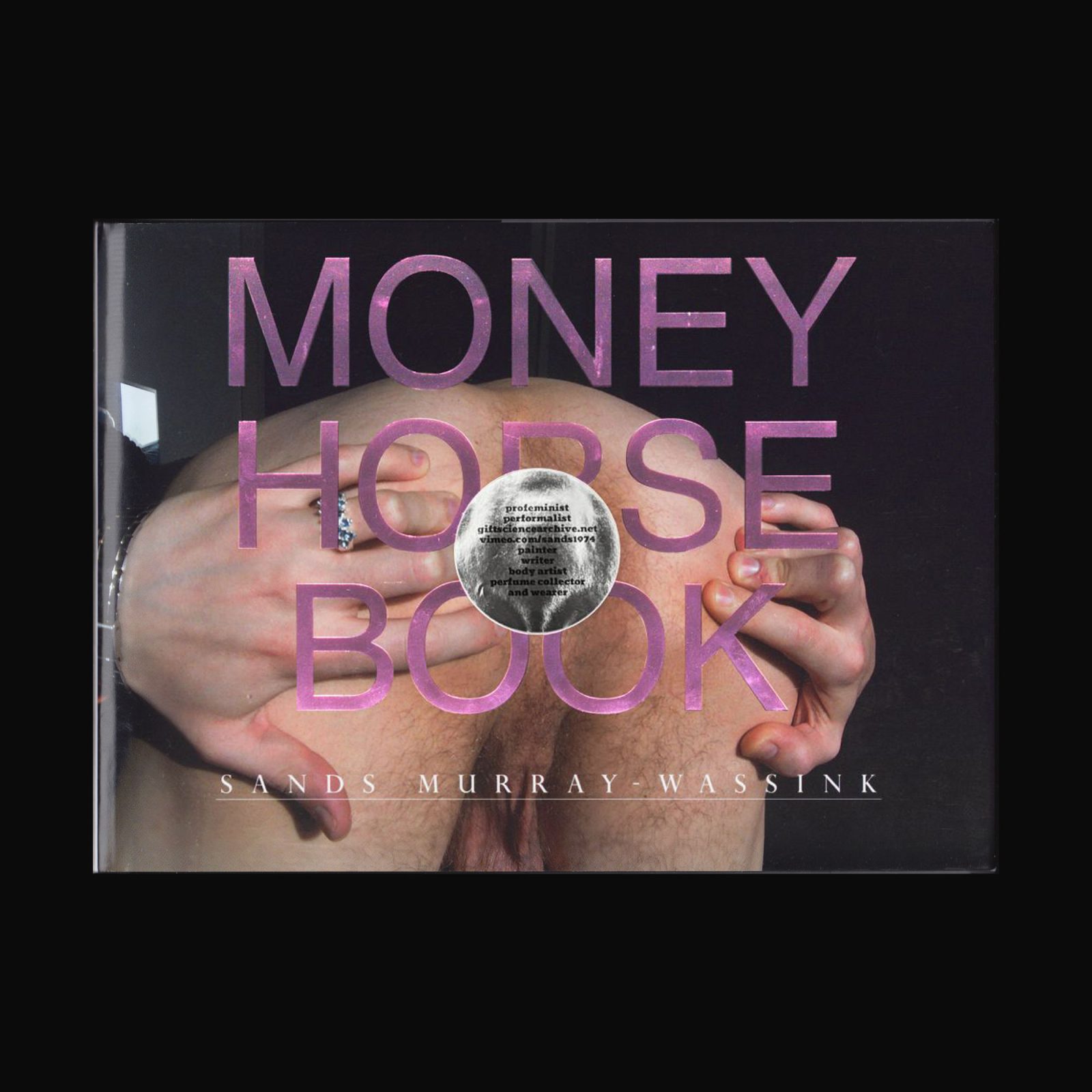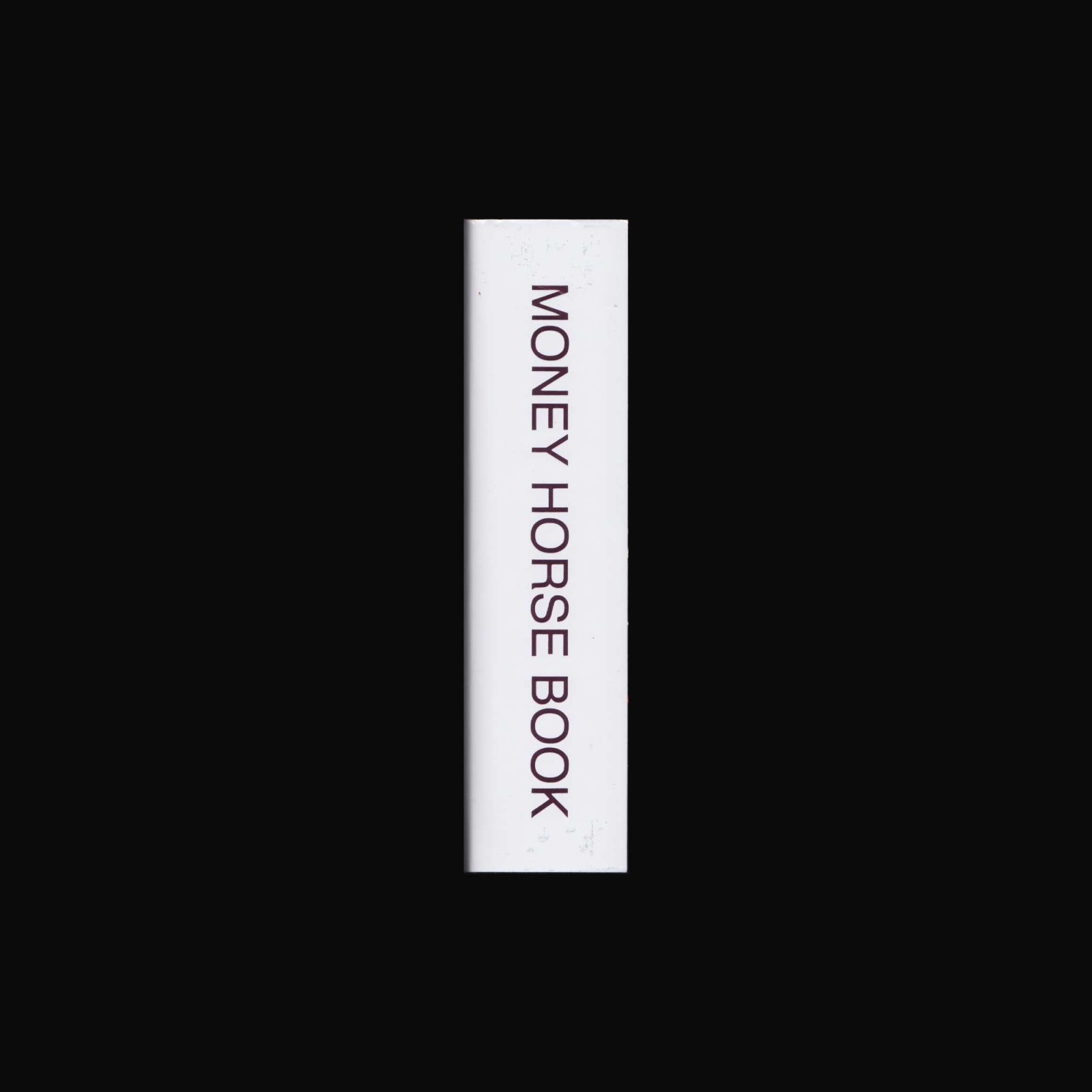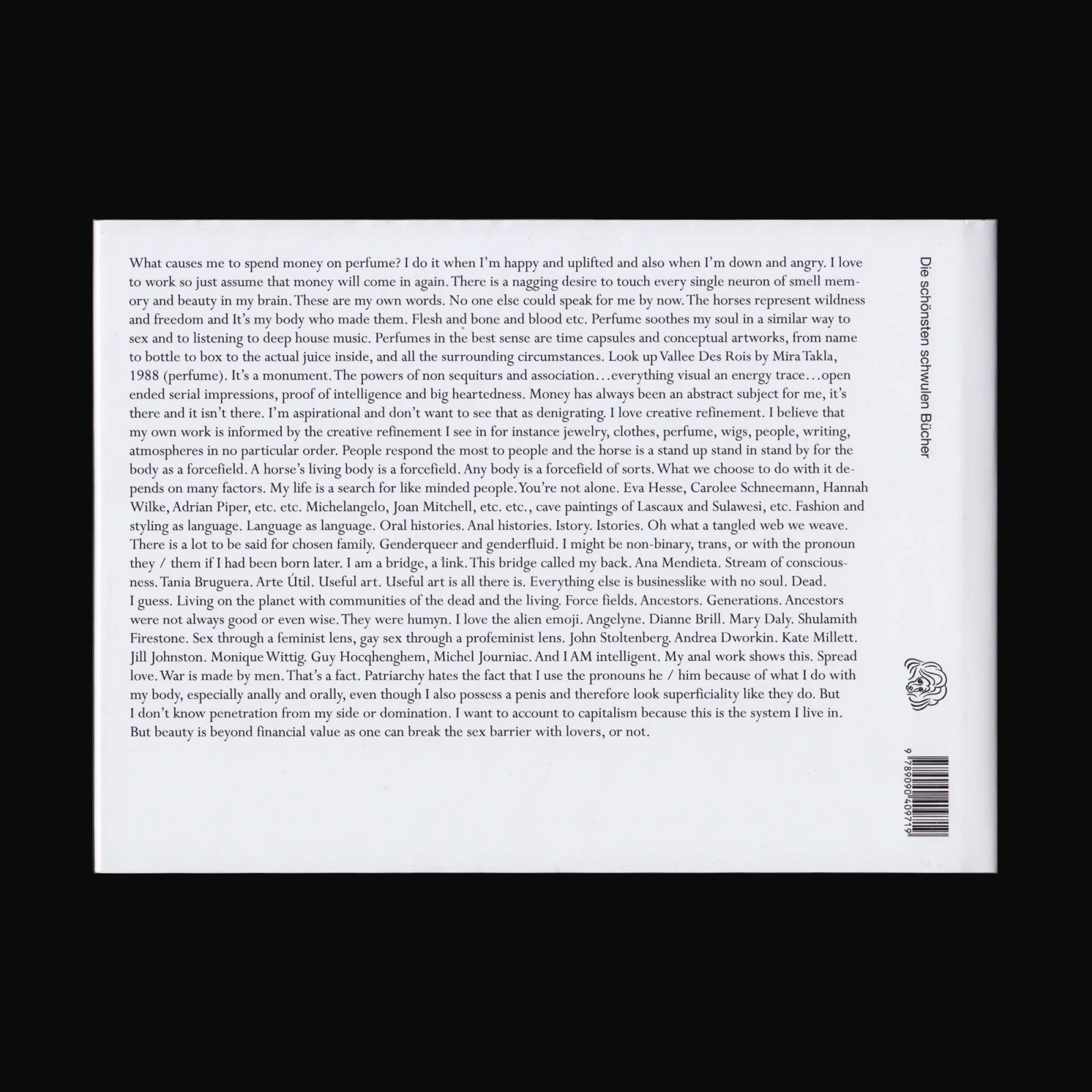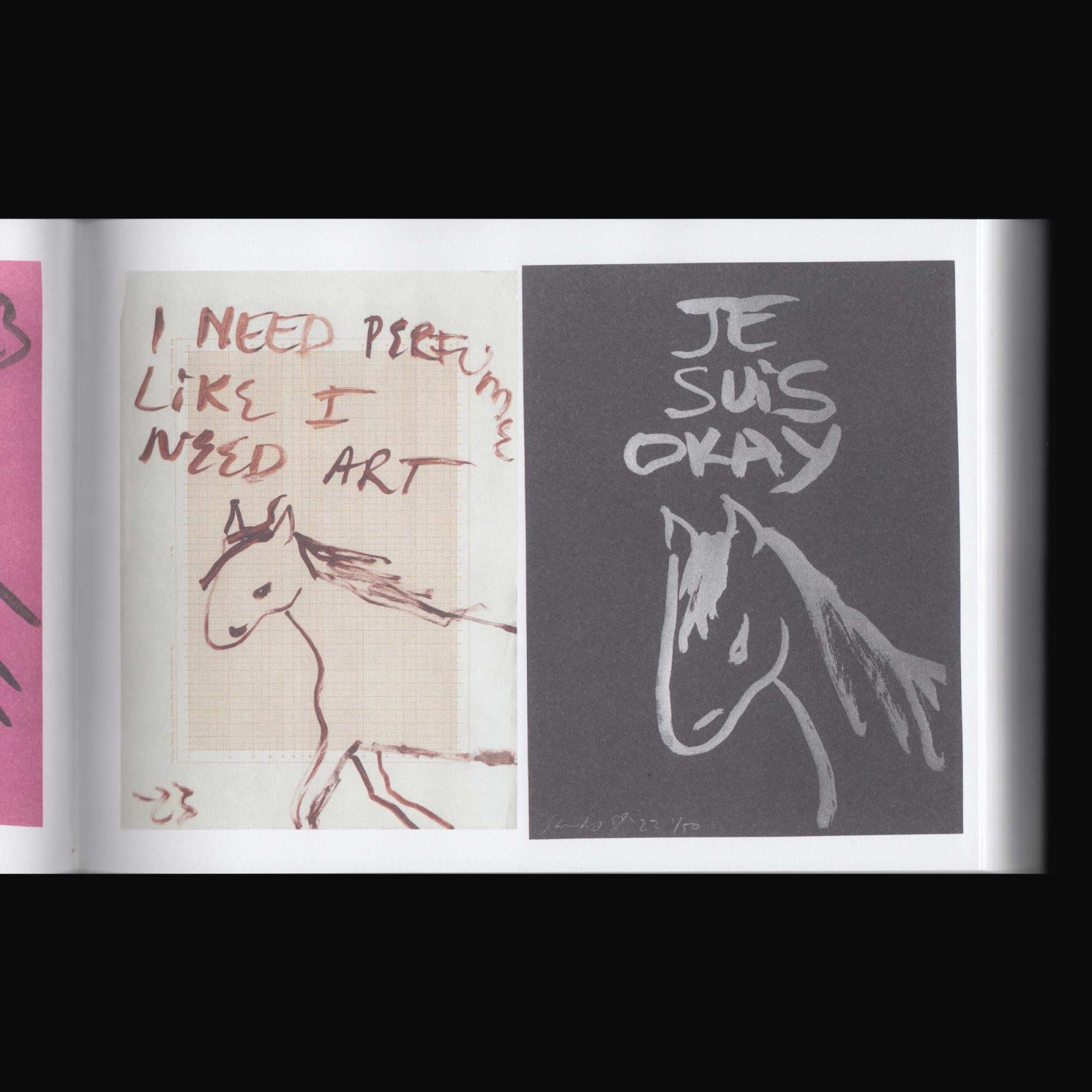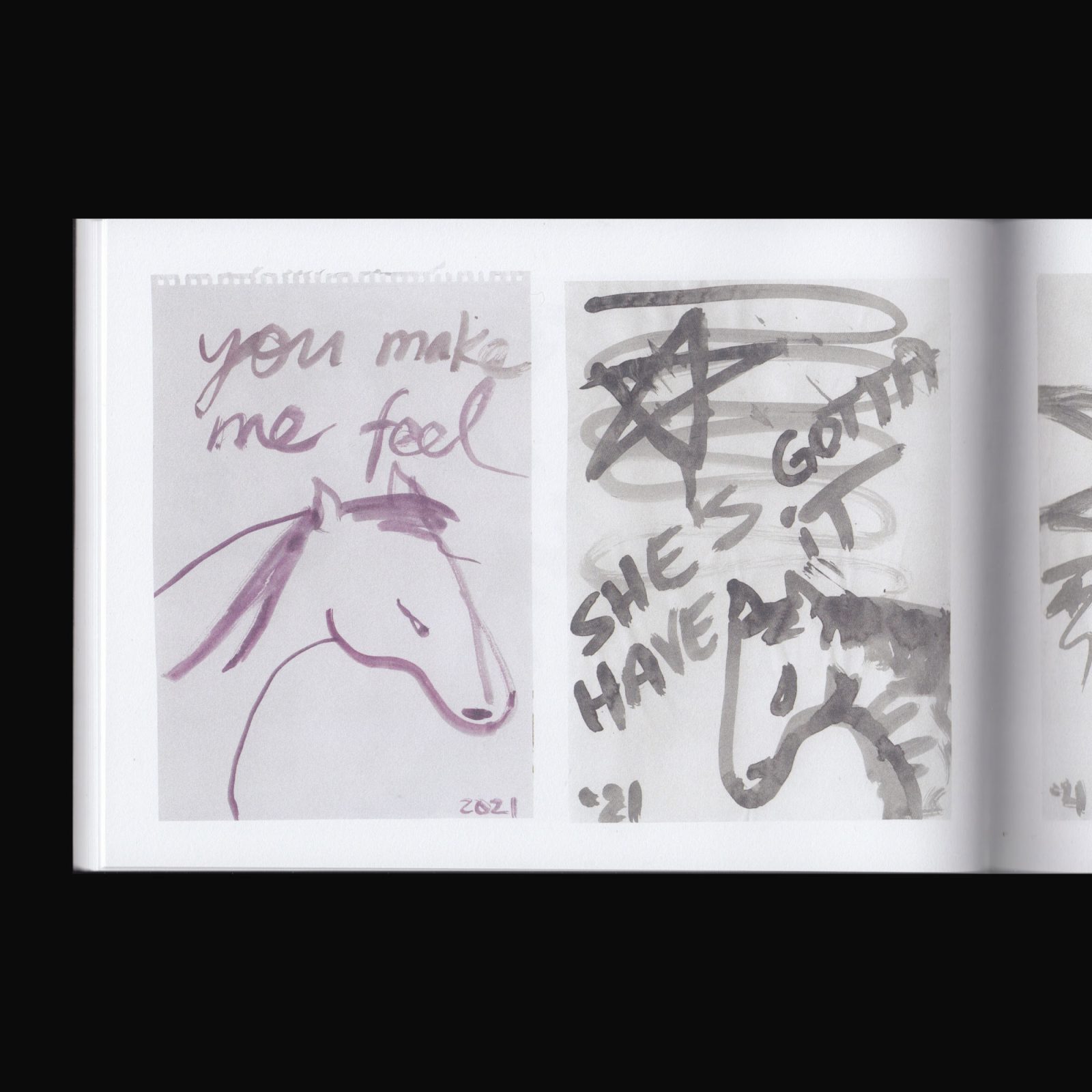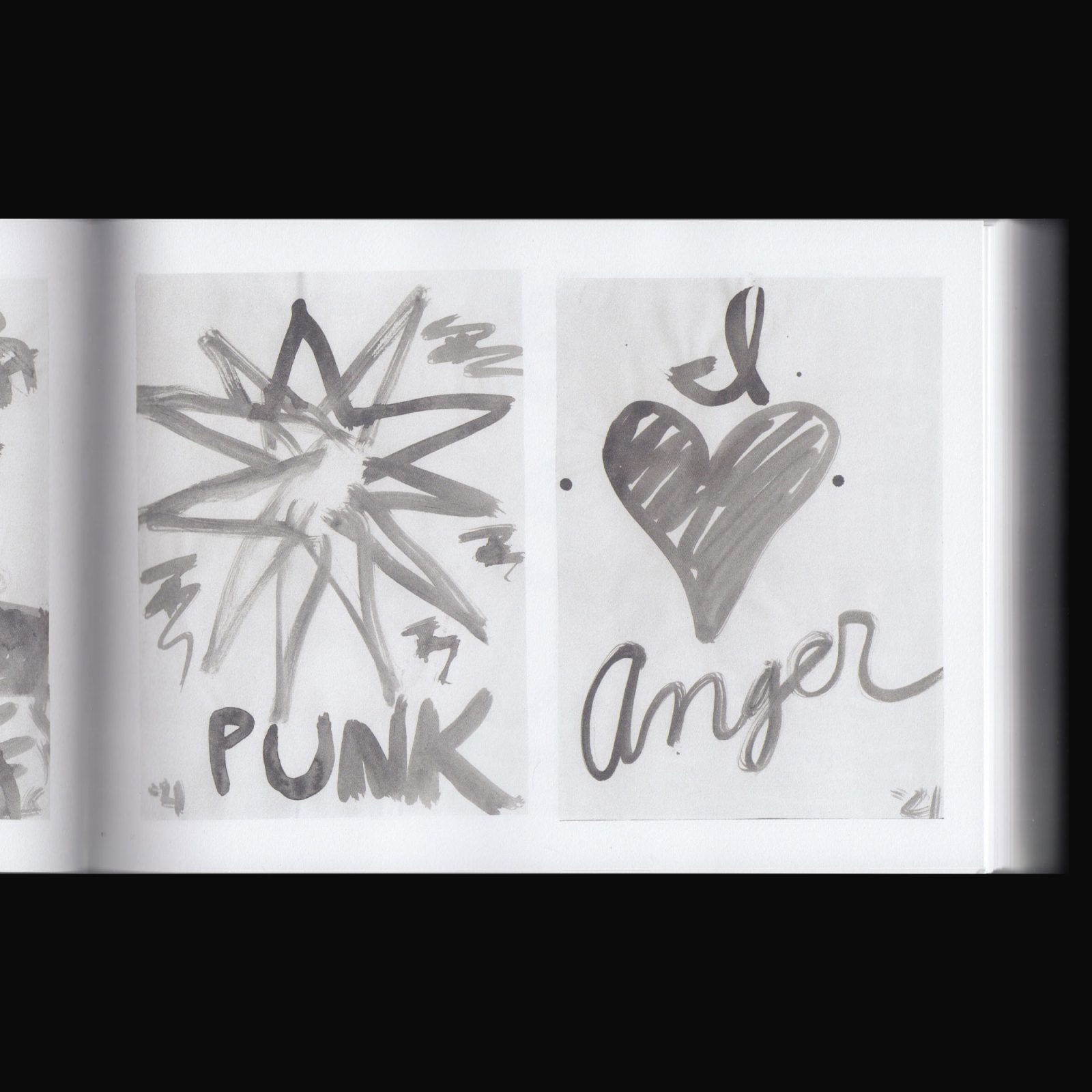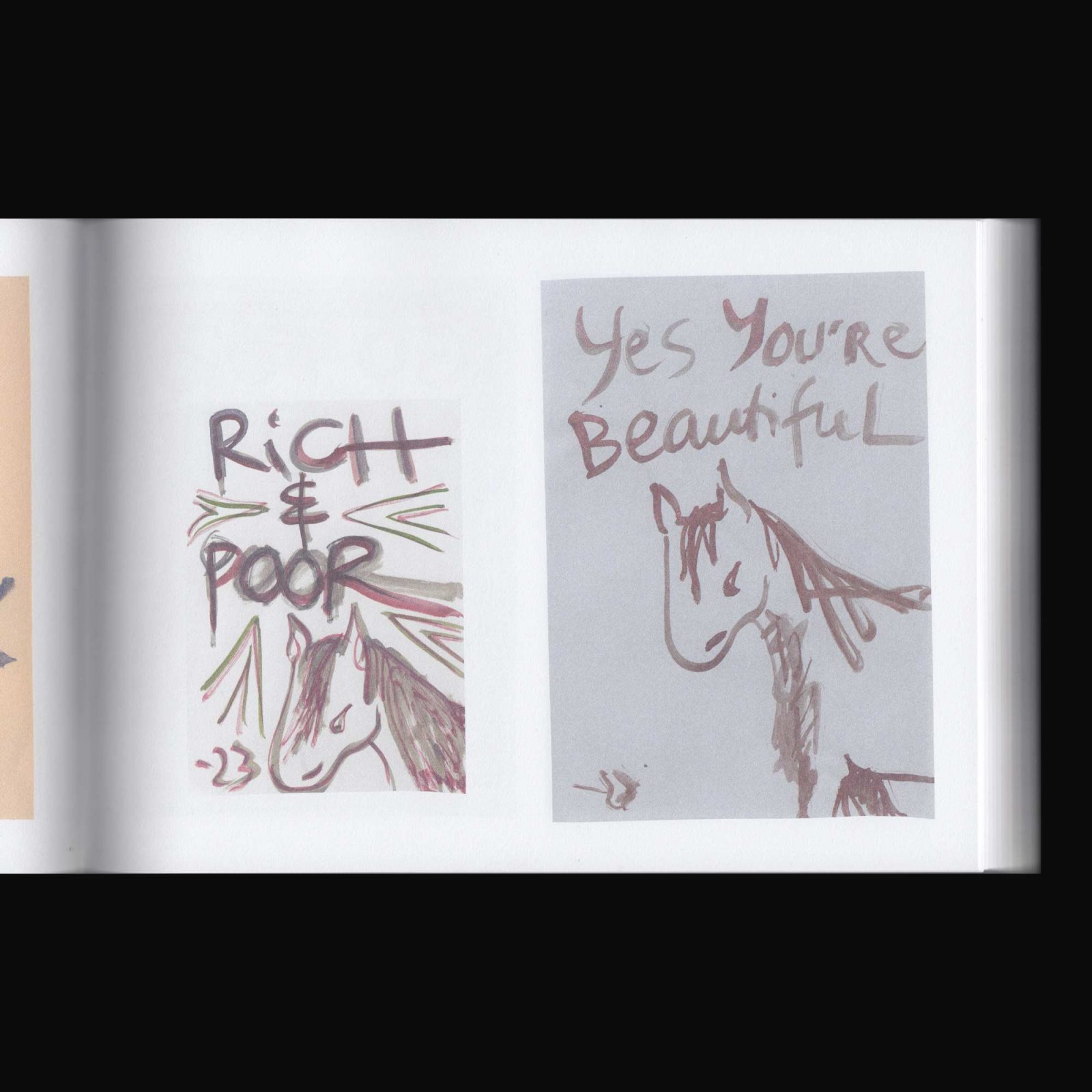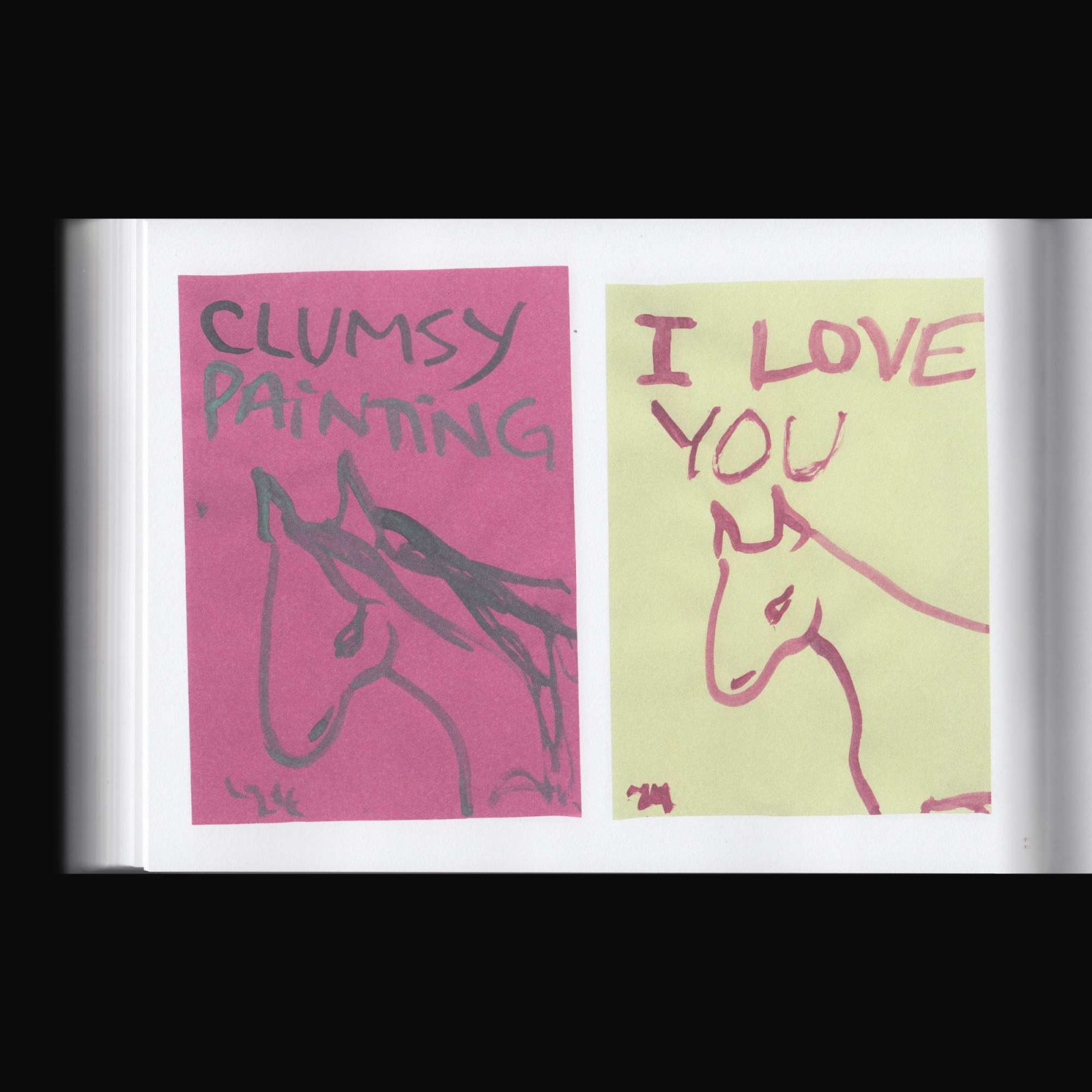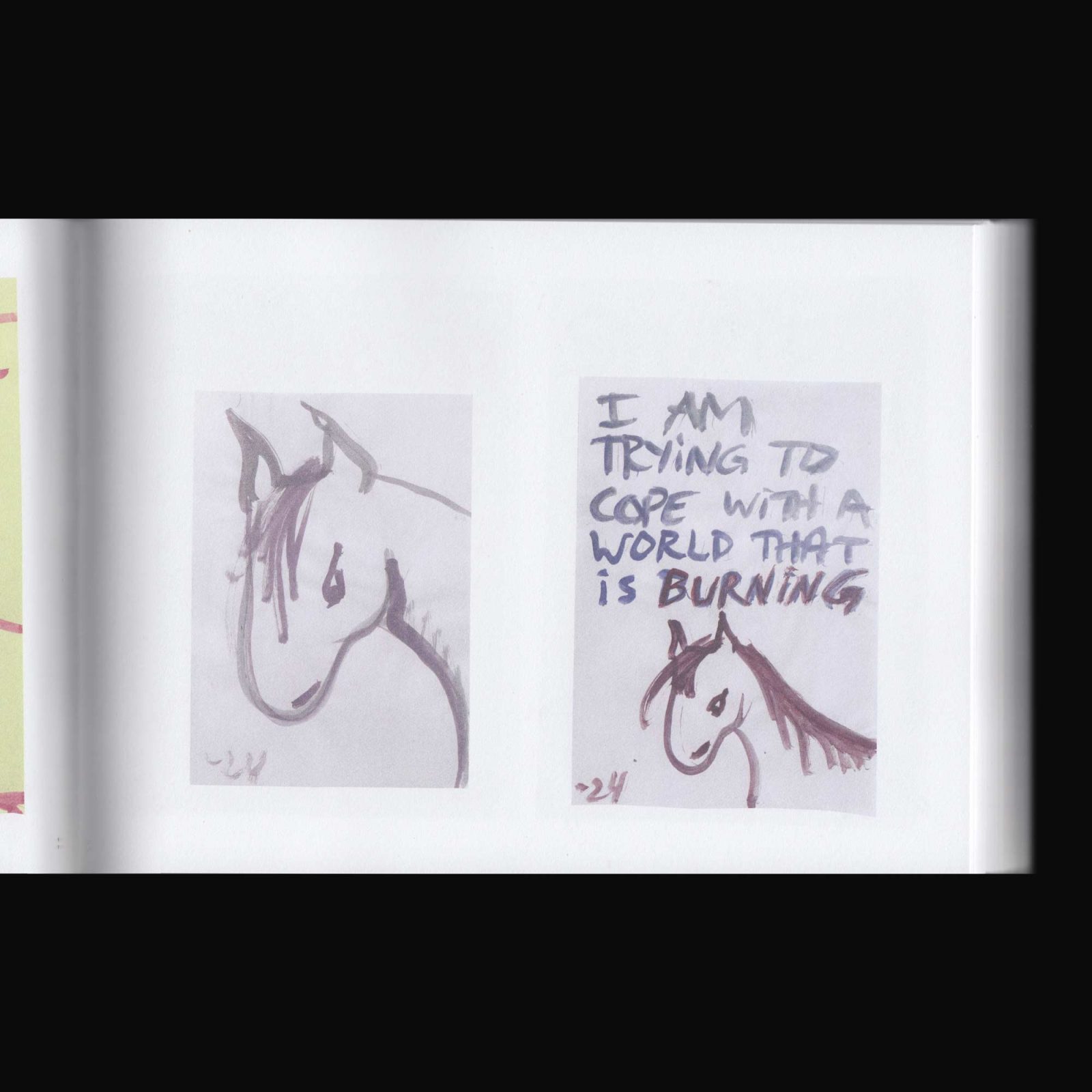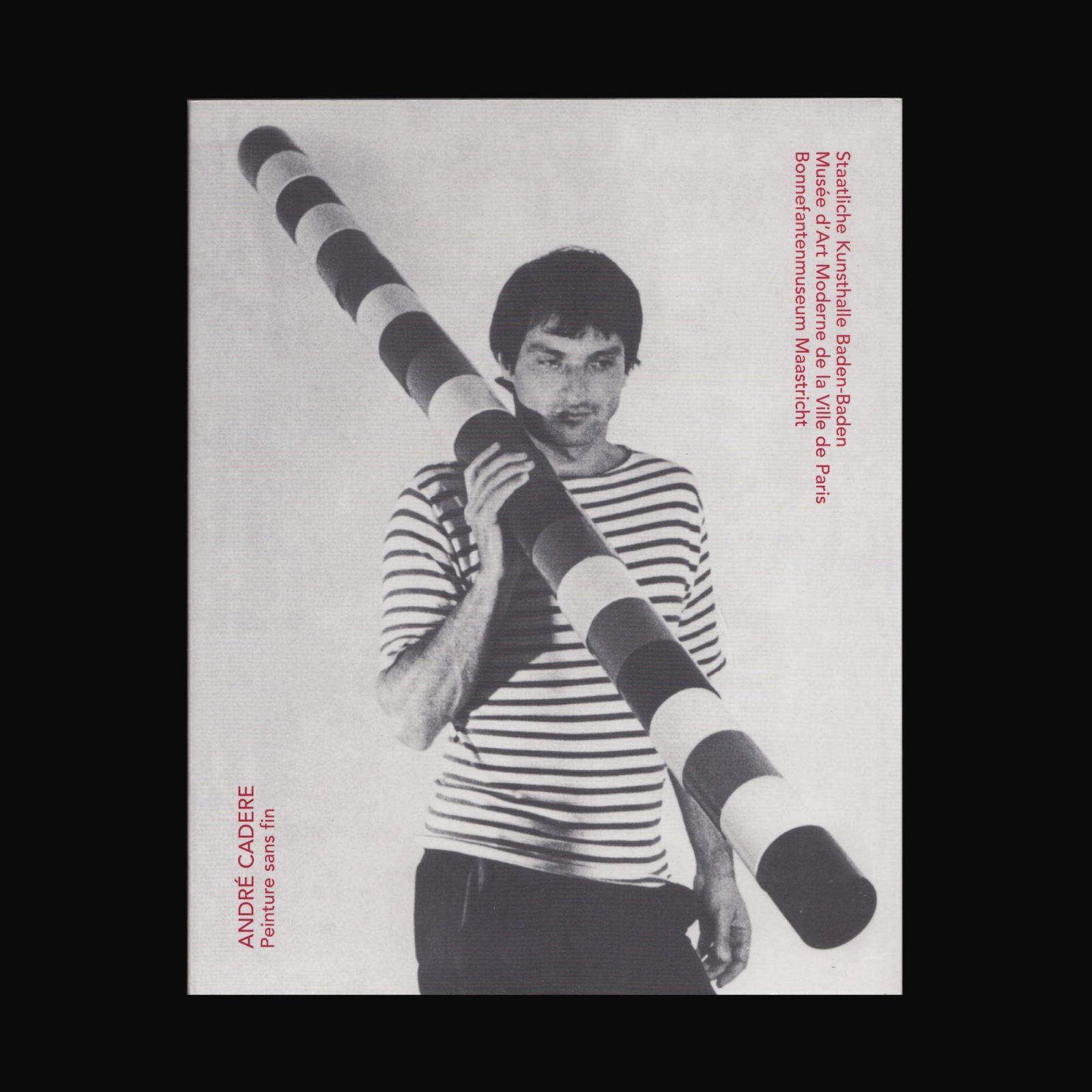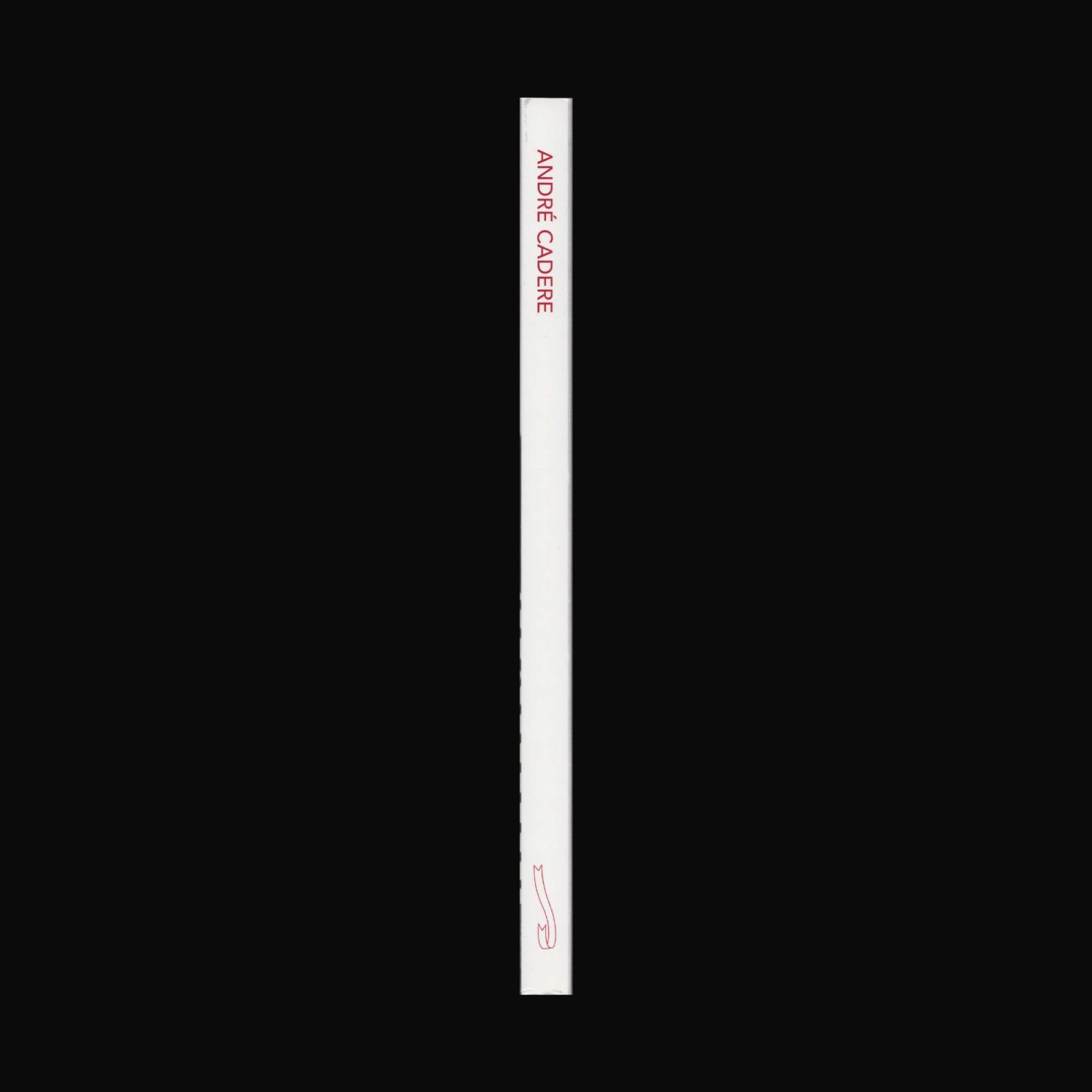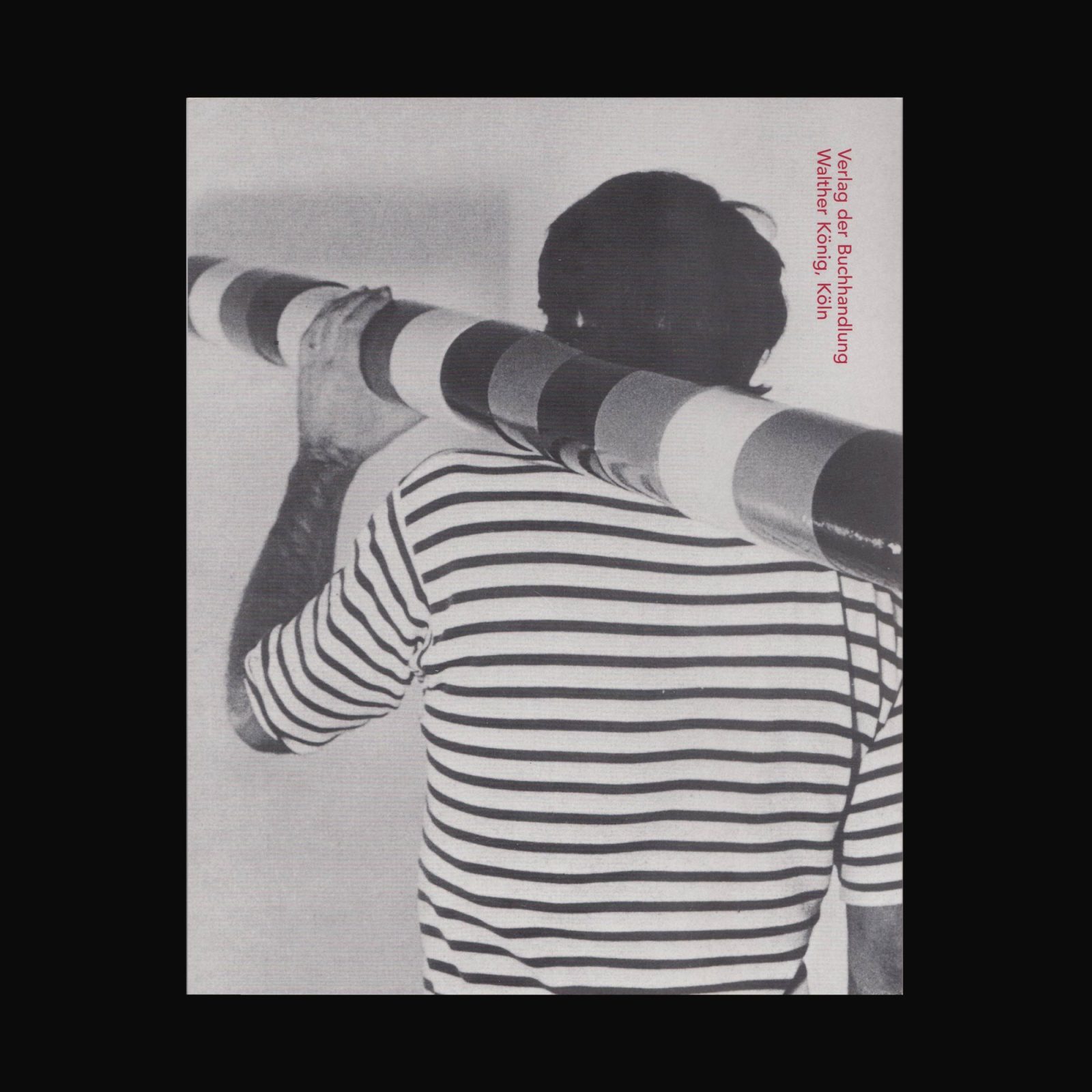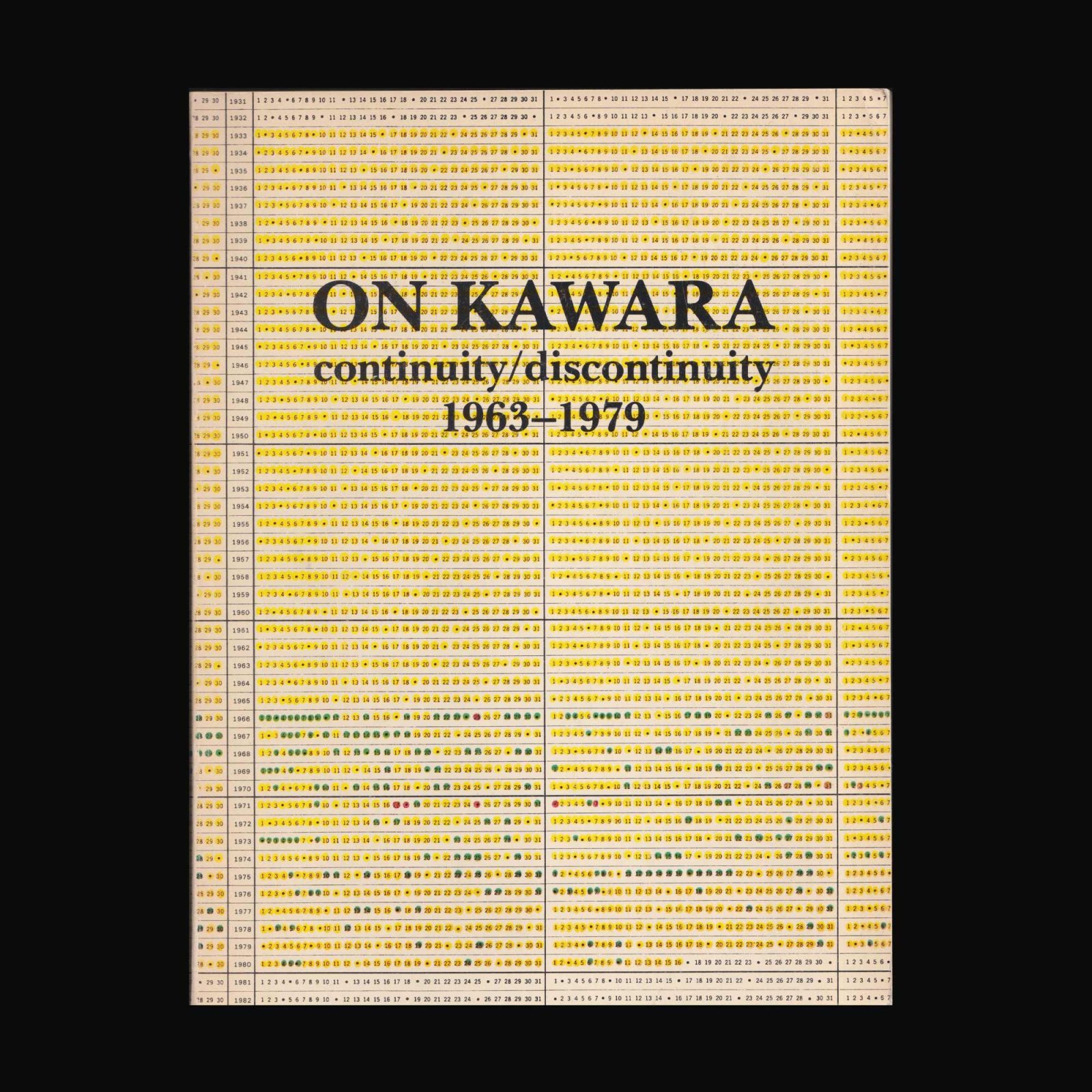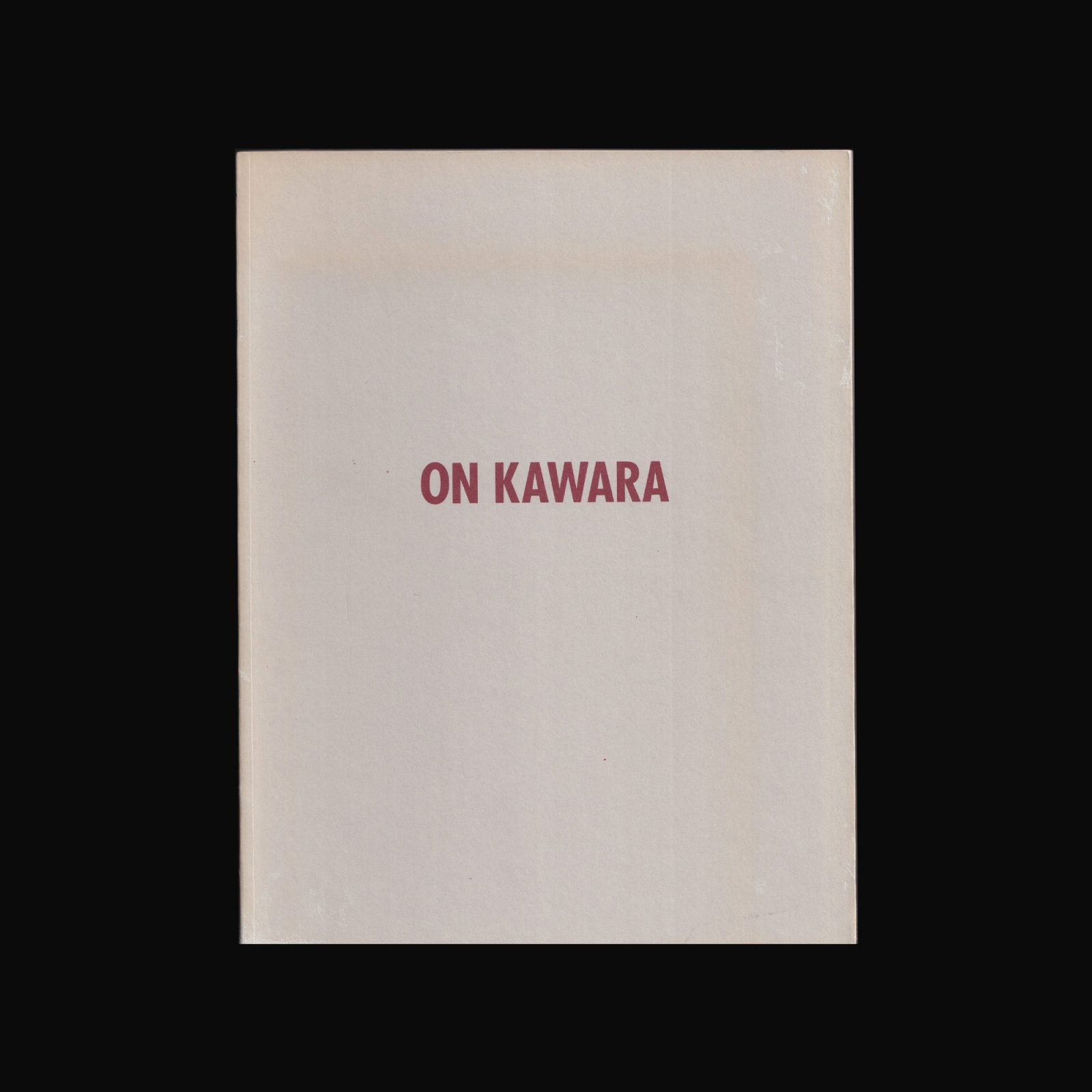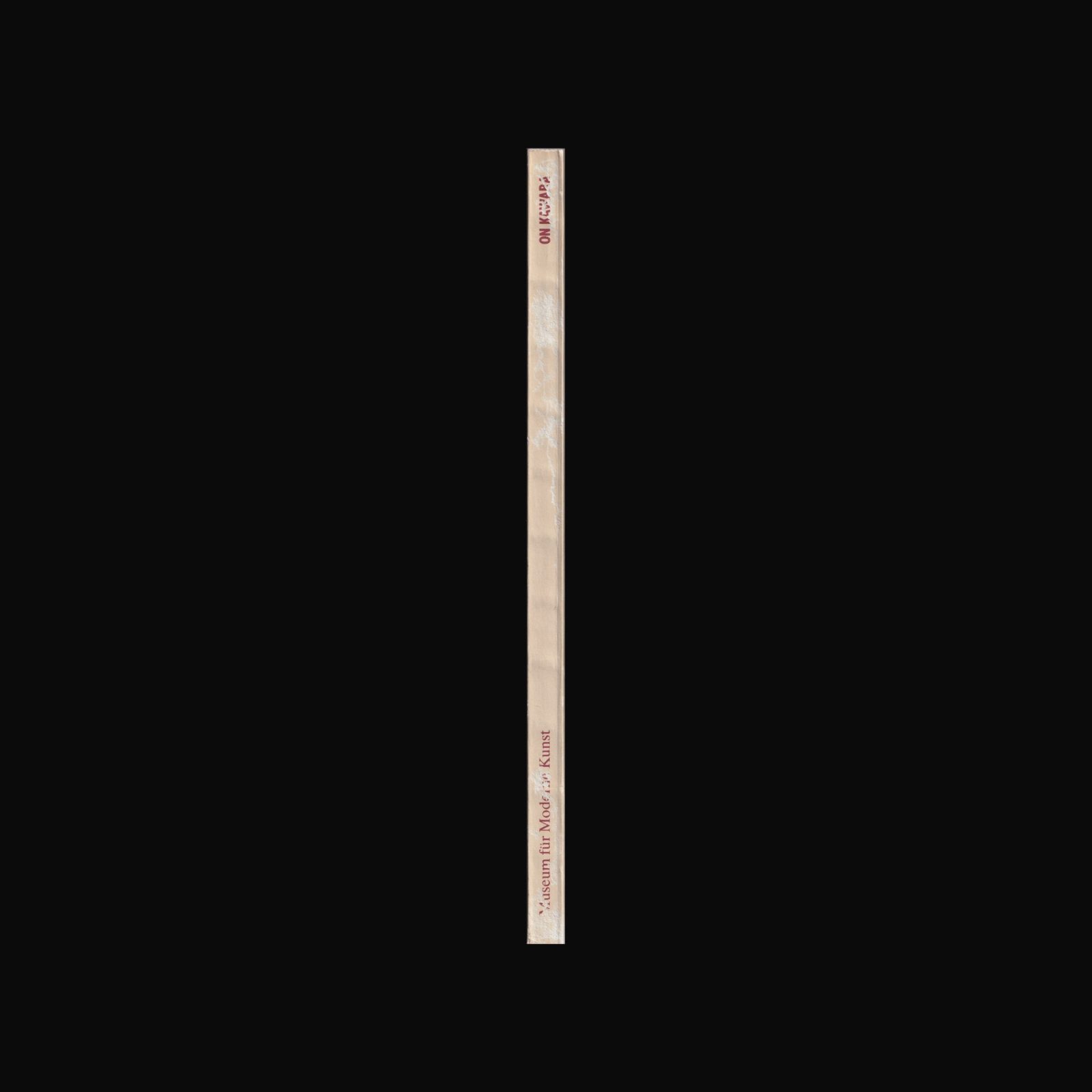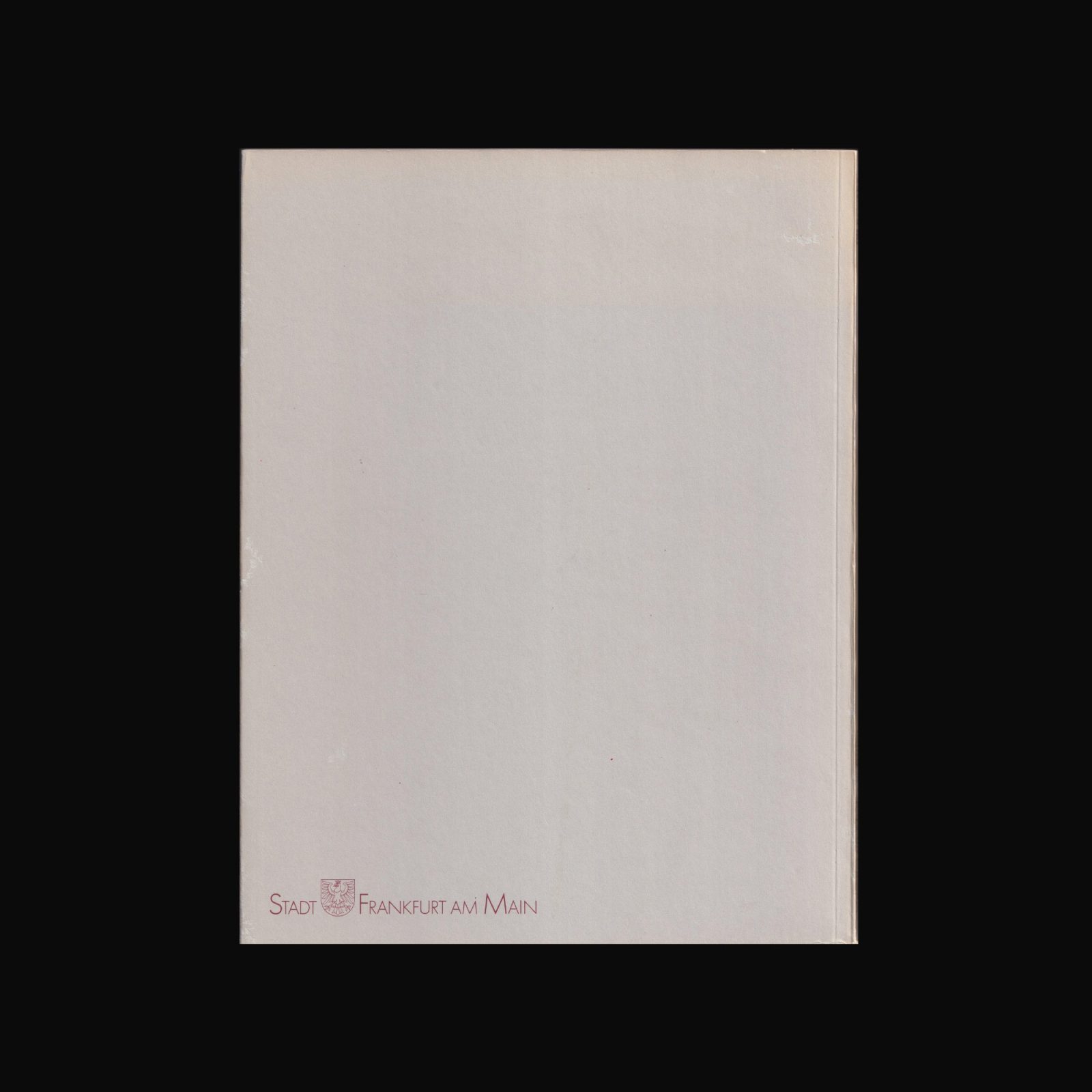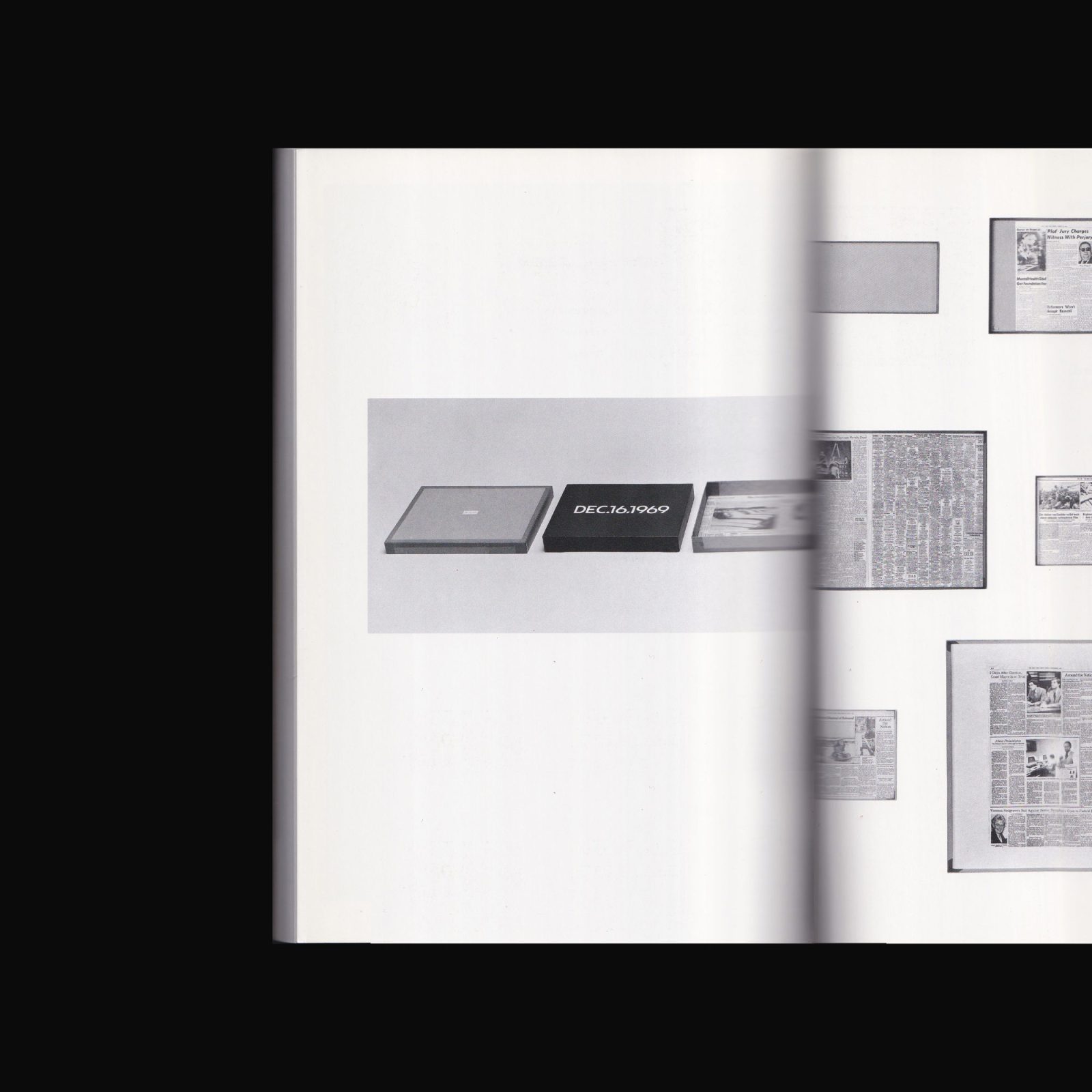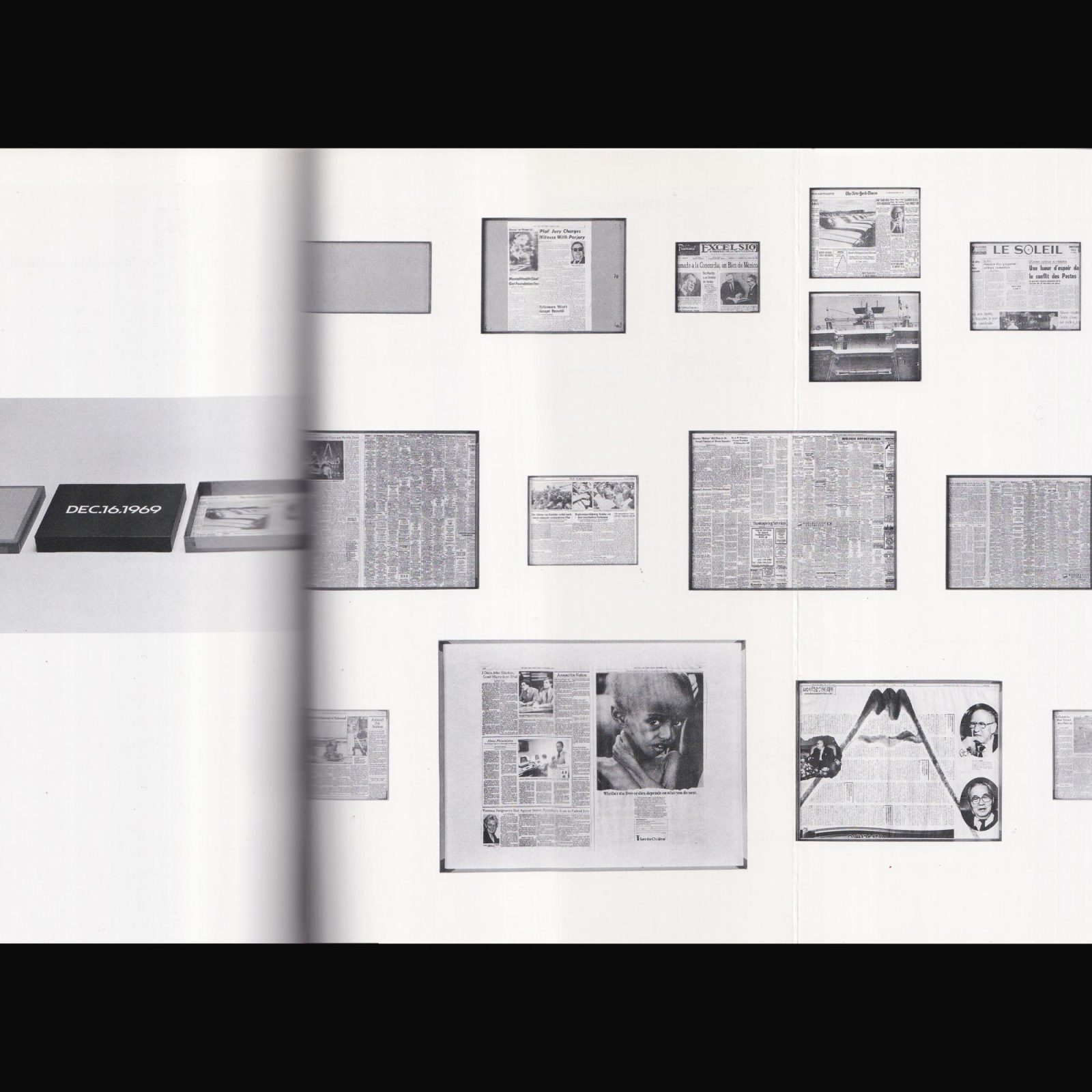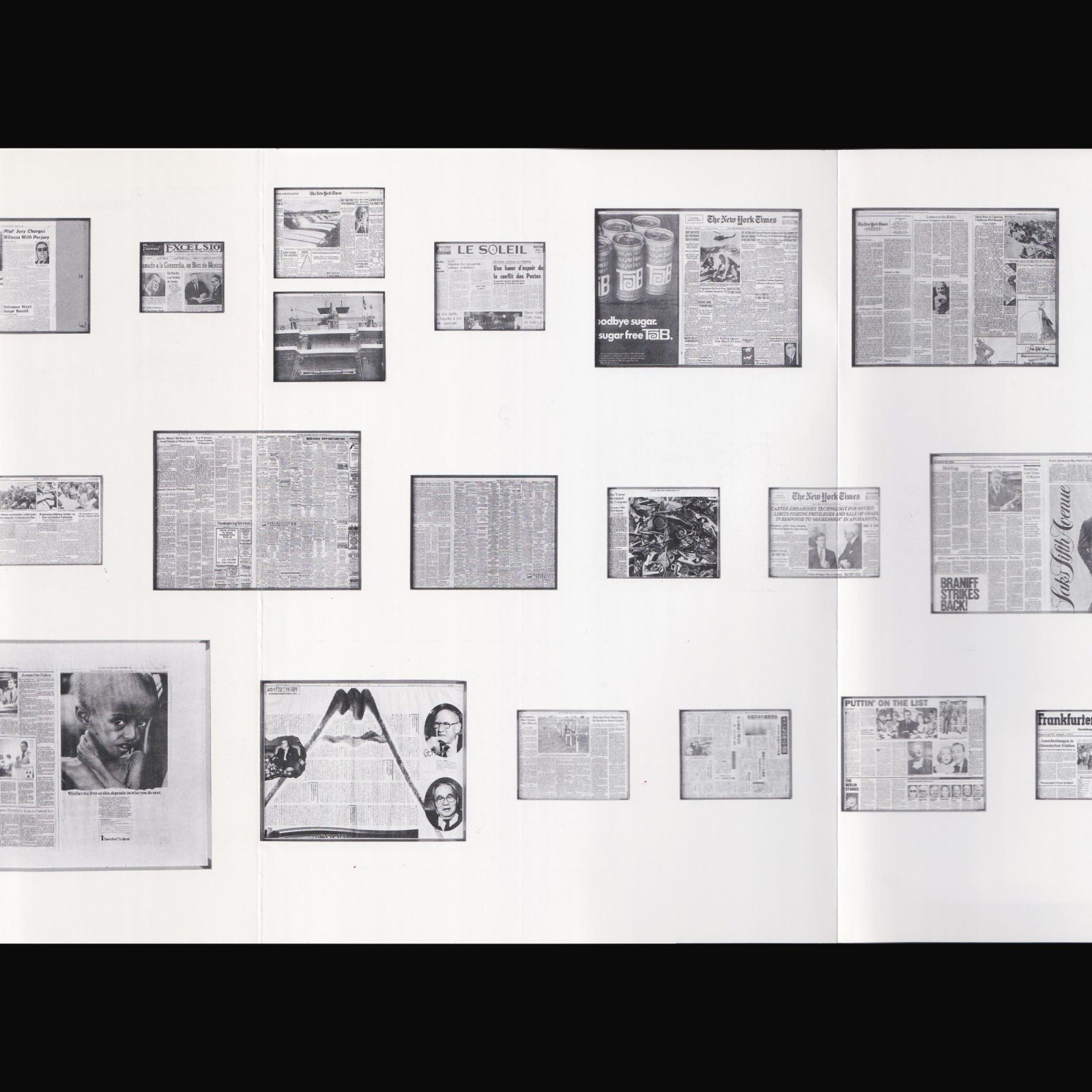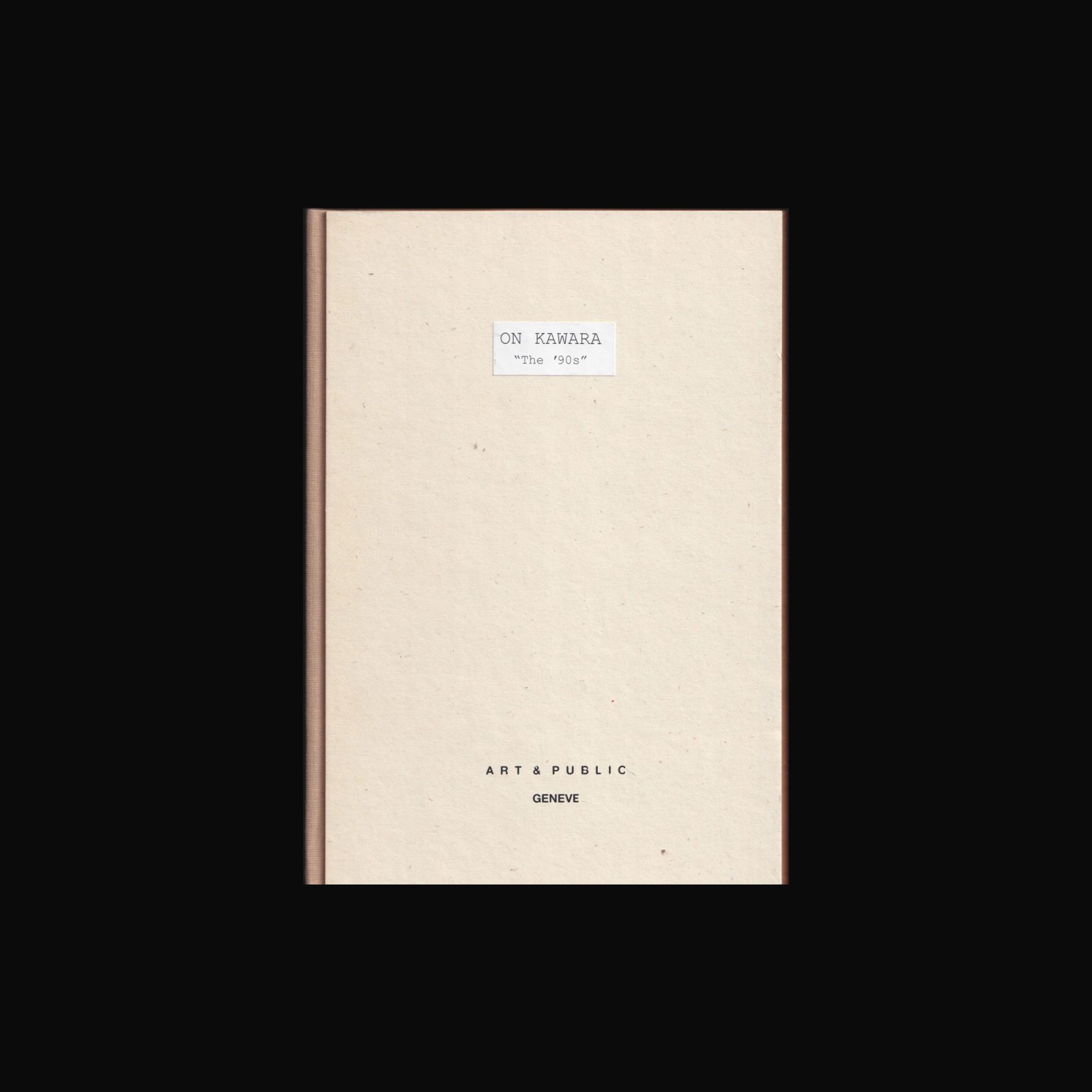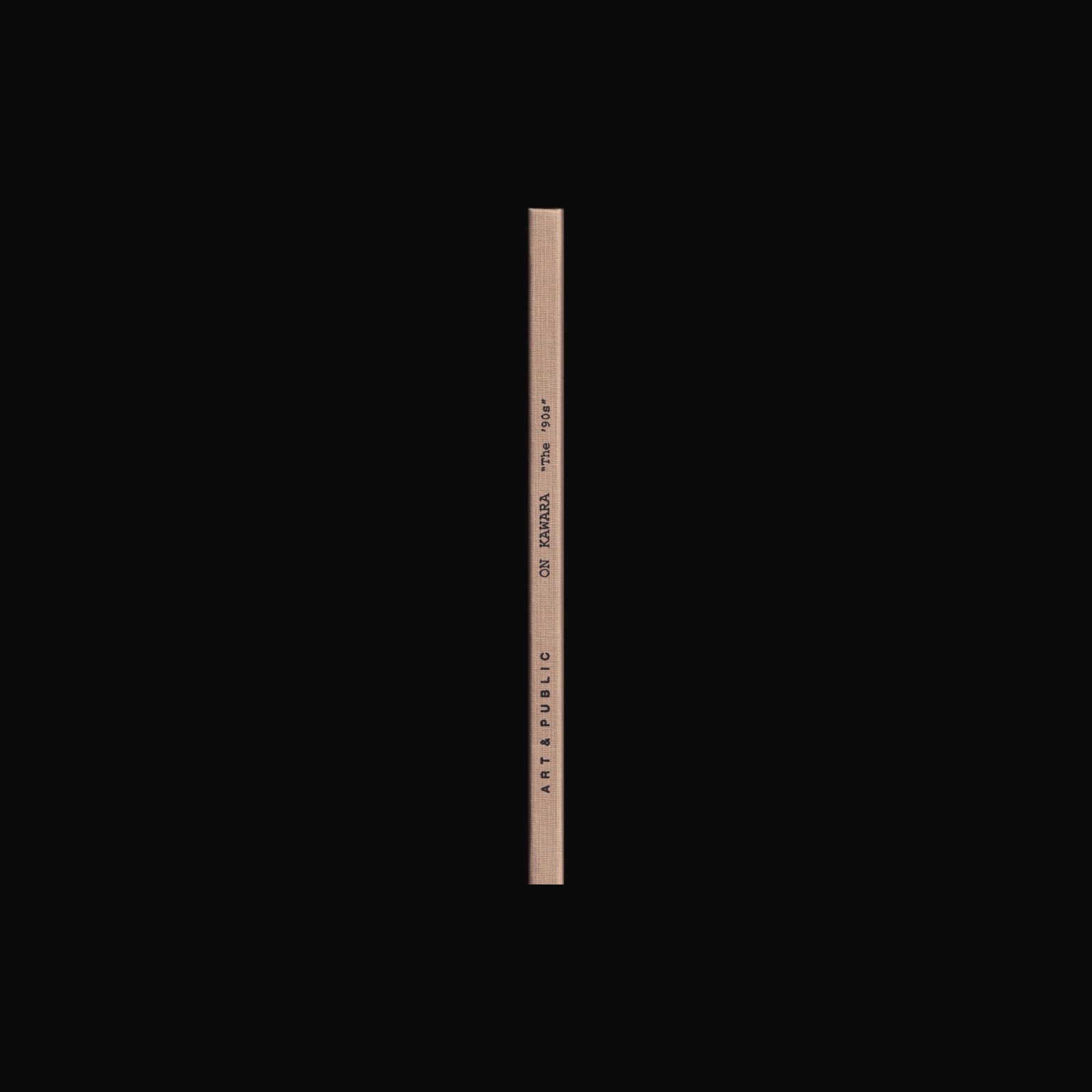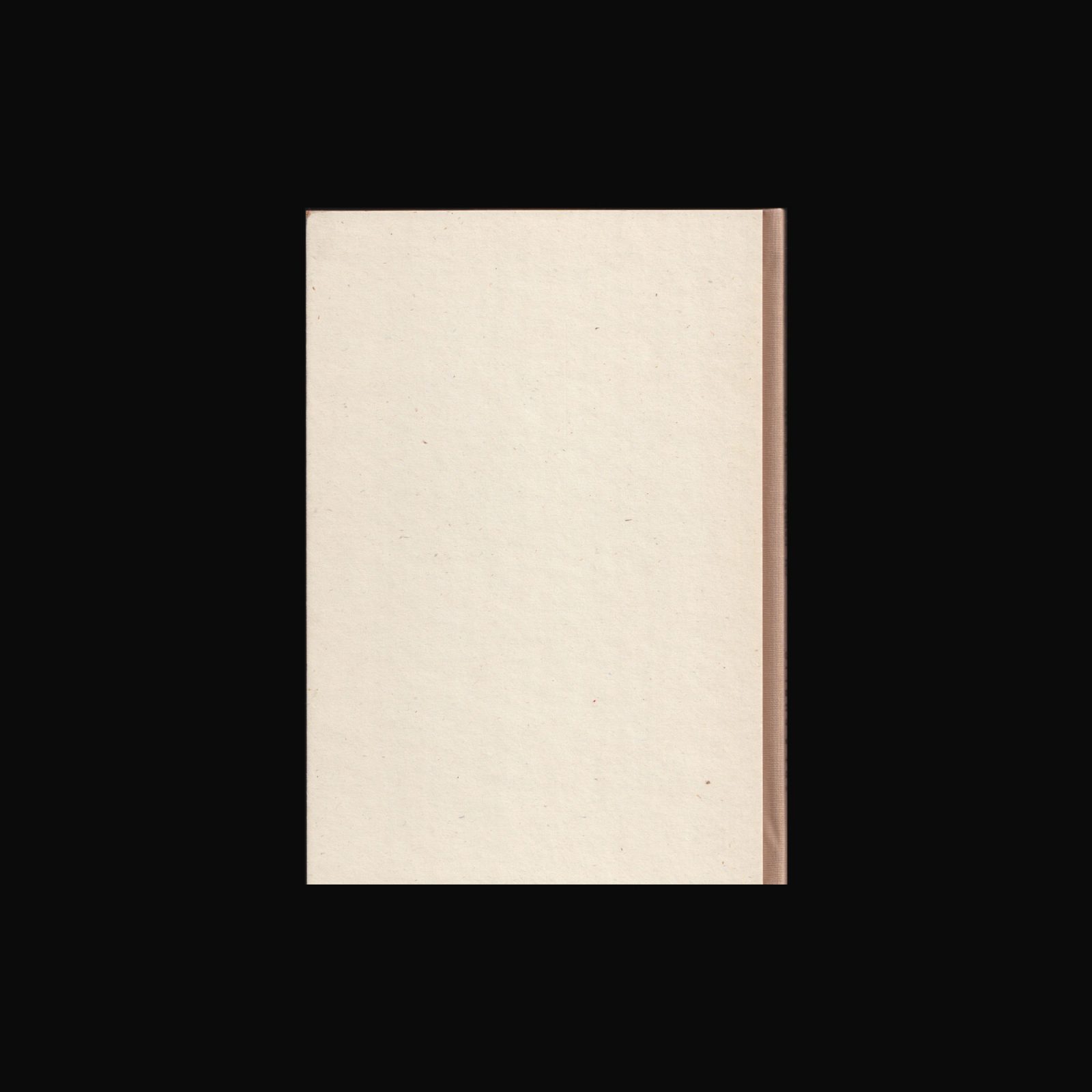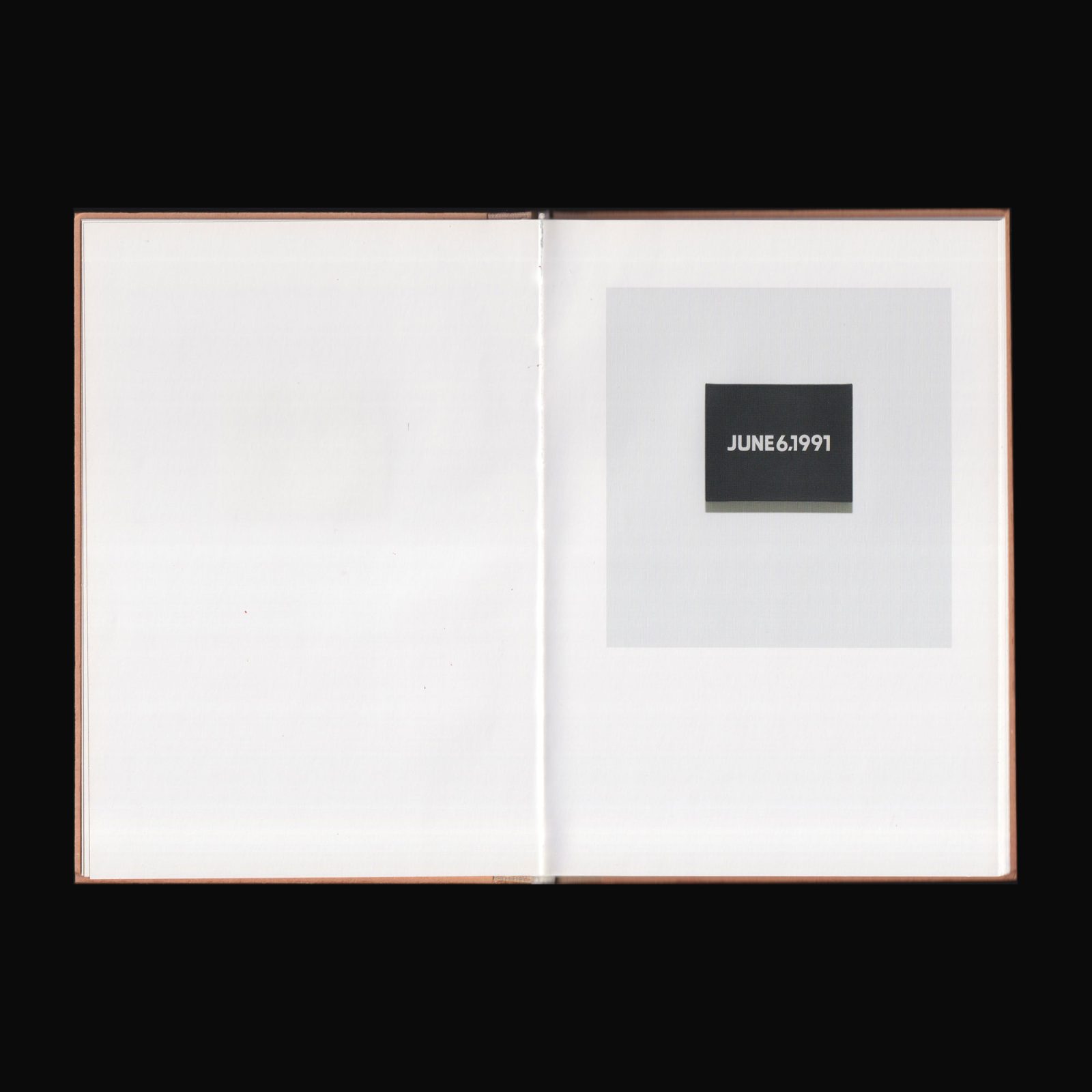opening: Saturday, 11 October, 4–8pm
We started making machines together in 2010. These machines consisted of a sensor and device couplet, by which a sensor would trigger a device to perform a simple task. We experimented with sensor inputs like passing cars and tasks like heat guns blowing up trash bags, or later we would connect the machines to trains and have them push little cardboard cars back and forth. Still triggered by trains, the machines now move clock parts.
We disassemble mechanical clocks, take their parts and combine them with L-brackets, screws, washers, nuts, motors, felt, rubber bands, fishing line, and heat shrink tubing. The characteristics of the clock parts constrain and guide our activities. As we reinvent their function, the parts become less and less recognizable, their movements more and more estranged.
—Michèle Graf & Selina Grüter, 2023
